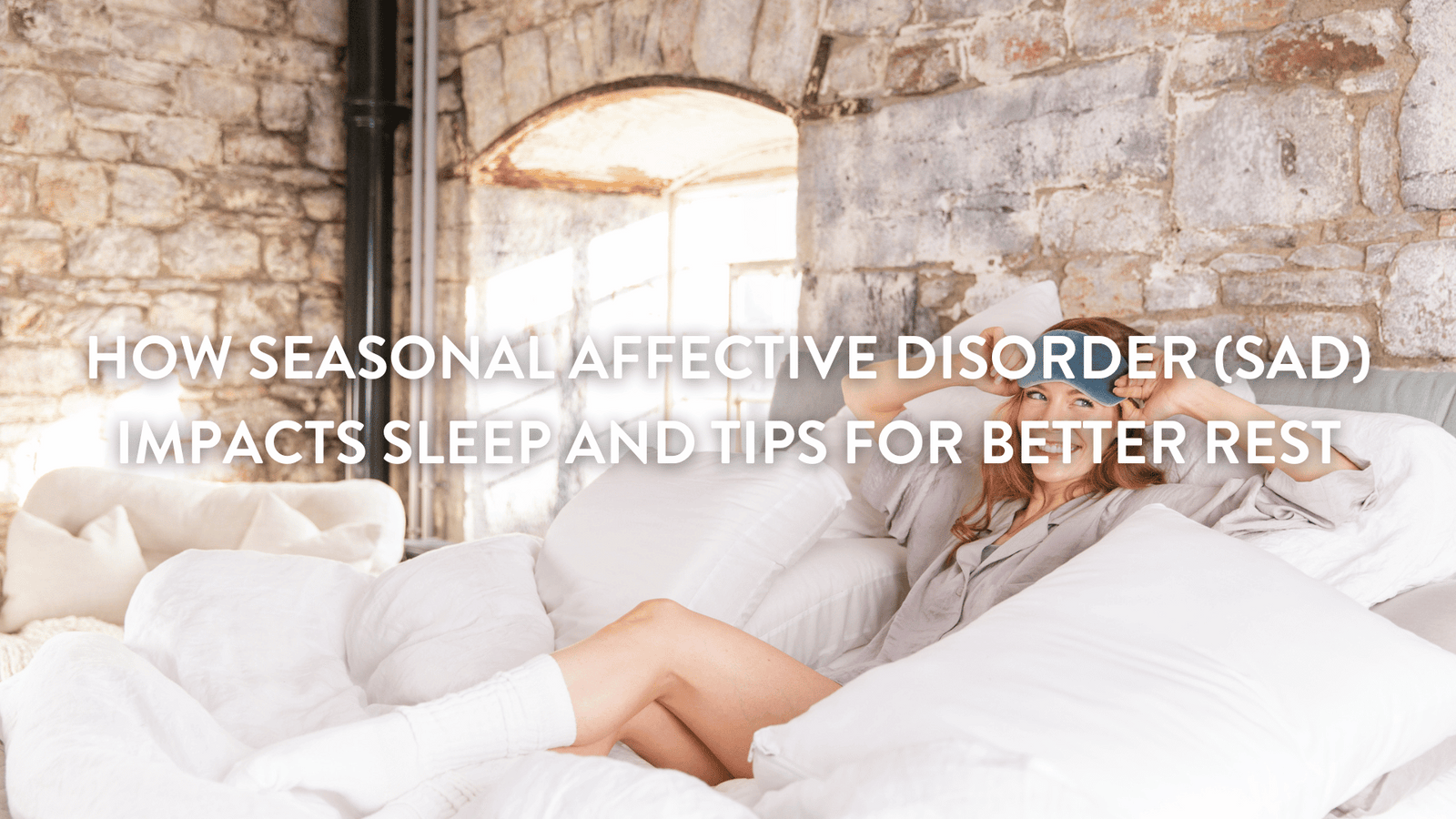
How Seasonal Affective Disorder (SAD) Impacts Sleep and Tips for Better Rest
Winter is often portrayed as a time for rest, hibernation, and cozy slumbers. However, for those grappling with Seasonal Affective Disorder (SAD), the colder, shorter days can steal away much-needed rest.
So, as the golden hues of autumn fade and winter's chill sets in, a significant number of individuals find themselves battling more than just a seasonal slump. Seasonal Affective Disorder (SAD) affects between 0.5% and 2.4% of the population, meaning anywhere from 268,000 to a staggering 1.6 million people in the UK alone face this debilitating condition (Sky). At its core, SAD is often linked to the reduced sunlight during the winter months, a factor that disrupts our internal clocks and affects mood-regulating brain chemicals.
Here we explore the intricate relationship between SAD and sleep, offering practical tips to help you rest easy even as the days grow darker.
"I feel that things get on top of me more easily. I feel more irritable. I get angry more easily. I feel more hopeless." Vicky (MIND)
Understanding SAD and Sleep Quality
Seasonal Affective Disorder, commonly known as SAD, is a type of depression that follows a seasonal pattern. For many, its symptoms are most pronounced during the fall and winter months.
Sleep, one of our most restorative processes, is often disrupted by SAD.
Those affected that suffer from Seasonal Affective Disorder impacting sleep may find themselves sleeping too little or too much, neither of which contribute to feeling refreshed come morning.
Key Symptoms to look out for;
-
Emotional Cloud Cover: Experience an ongoing sense of sadness, coupled with feelings of guilt, worthlessness, or hopelessness that weigh down the spirit. A continual bout of seasonal depression that refuses to lift.
-
Sleep Disruption: Either find solace in extended sleep, struggle to fall back asleep after waking early, or battle insomnia despite fatigue. Sleep and mental health are very loyal bedfellows - so be aware of anything that impacts either of these two crucial elements.
-
Energy Drain: Encounter an overwhelming sense of lethargy, feeling as if your energy reserves have been depleted and movement becomes laborious.
-
Appetite Shifts: Notice an increased desire for comfort foods, particularly carbohydrates and sweets, leading to potential changes in appetite and weight.
-
Mental Fog: Face challenges with focus and memory, where even simple decisions feel like daunting hurdles.
-
Social Retreat: Experience difficulty engaging socially, preferring solitude over interaction, and feeling disconnected from those around you.
-
Physical Strain: Suffer from unexplained physical aches, headaches, cramps, or digestive discomfort that accompany the emotional distress.
-
Dark Thoughts: Confront thoughts about death or suicide, a critical signal to reach out for support and professional help.
Remember, these symptoms are serious, and seeking help is a brave step towards healing and regaining control over your mental health.
Useful contact numbers;
Biological Impact of SAD on Sleep
The primary culprit behind SAD's impact on sleep is the lack of sunlight.
Sunlight helps regulate our internal body clock, or circadian rhythm, which dictates our sleep-wake cycle. In the absence of sufficient daylight, your body might produce an excess of melatonin, the hormone that makes you feel sleepy, leading to grogginess and sleep disturbances.
This imbalance not only disrupts sleep but also affects mood and energy levels. Lower serotonin levels, another effect of reduced sunlight, compound feelings of lethargy and depression.
Hence, understanding the biological changes and how melatonin and sleep are so closely related is crucial to addressing sleep issues associated with SAD.
Quick Winter Sleep Tips
- Stick to a regular sleep schedule to maintain your body's internal clock.
- Create a cool, dark, and quiet bedroom with blackout curtains and earplugs.
- Use morning light therapy to balance melatonin and boost mood.
- Keep your bedroom at 60-67°F (15-19°C) for optimal sleeping conditions.
- Practice relaxation techniques like deep breathing or meditation before bed.
Common Sleep Challenges Linked to SAD
People living with SAD often experience a range of sleep-related challenges. Insomnia tops the list, with many sufferers struggling to fall or stay asleep. Conversely, hypersomnia, or excessive sleep, is also prevalent, leaving individuals feeling just as drained.
Restless legs syndrome and sleep apnoea are additional disorders that can complicate the sleep of those with SAD. These conditions lead to frequent awakenings and poor-quality rest, further exacerbating the symptoms of seasonal depression.
Practical Tips for Improving Sleep Quality with SAD
Create a Sleep-Friendly Environment
Designing a space conducive to better sleep is a foundational step.
Consider using blackout curtains to keep your bedroom dark during sleep hours, and maintain a cool, comfortable temperature. Removing electronics can also prevent disruptive blue light from interfering with your circadian rhythm.
(See, Mastering the Art of a Restful Night's Sleep: How to Sleep Better in 8 Easy Steps)
Establish a Consistent Sleep Schedule
Maintaining a regular sleep schedule can help regulate your body’s internal clock. Try to go to bed and wake up at the same time every day, even on weekends. This consistency can aid in stabilizing your sleep patterns and mitigating SAD-related sleep disruptions.
Incorporate Light Therapy
Light therapy is a powerful tool against SAD. It involves exposure to a light box that mimics natural sunlight, helping to reset your circadian rhythm and regulate melatonin production. It's typically used in the morning for 20-30 minutes to help combat the darkness of winter days.
Putnams Product Recommendations
To further aid your sleep, consider integrating products designed to enhance comfort and relaxation. Putnams, for example, offers a range of pillows and mattress toppers that provide ergonomic support. Investing in quality sleep accessories can make a significant difference in achieving restful sleep.
-
Putnam Memory Foam Pillow: This pillow provides excellent support and comfort, promoting restful sleep. Quality sleep is crucial for mood regulation and overall mental health, vital for those dealing with SAD.
-
British Wool Pillow & Duvet: Made from natural materials, this duvet helps regulate body temperature and improves sleep quality. It creates a cozy and comfortable sleeping environment, contributing to better rest and reduced SAD symptoms.
-
Bed Wedge Pillow: The bed wedge pillow can aid in improving sleep posture, reducing discomfort, and promoting better sleep hygiene. A good night's sleep can significantly impact mood, energy levels and melatonin levels..
-
Organic Buckwheat Pillow: Known for its firm support, this pillow adapts to your neck and head, helping to relieve tension and promote relaxation. Relaxation and stress relief are crucial for managing the symptoms of SAD.
Each of these products contributes to creating a comfortable and supportive environment, crucial for individuals experiencing the winter blues or more severe symptoms of Seasonal Affective Disorder.
By focusing on improving sleep quality and providing physical comfort, these products help enhance overall well-being during the darker months.
Seeking Professional Help for SAD and Sleep
While the above tips can be highly effective, it’s important to seek professional advice if you’re struggling to manage SAD symptoms. Cognitive behavioural therapy (CBT) is a treatment option that can help you develop strategies to cope with negative thought patterns associated with SAD.
Medication, such as antidepressants, might be recommended in severe cases to adjust the neurotransmitters affecting mood and sleep. Always consult with a healthcare provider to explore the best options tailored to your individual needs.
Battling SAD this Winter
Undoubtedly SAD is more that just the 'winter blues'. Understanding the interplay between SAD and sleep is key to improving your rest during the darker months. By implementing practical strategies and seeking professional guidance, you can mitigate the impact of SAD on your sleep and overall wellbeing.
For more insights and tips, explore our resources on SAD and the science sleep health. Remember, you're not alone in this, reach out to our community or mental health professionals for support.
Useful contact numbers;







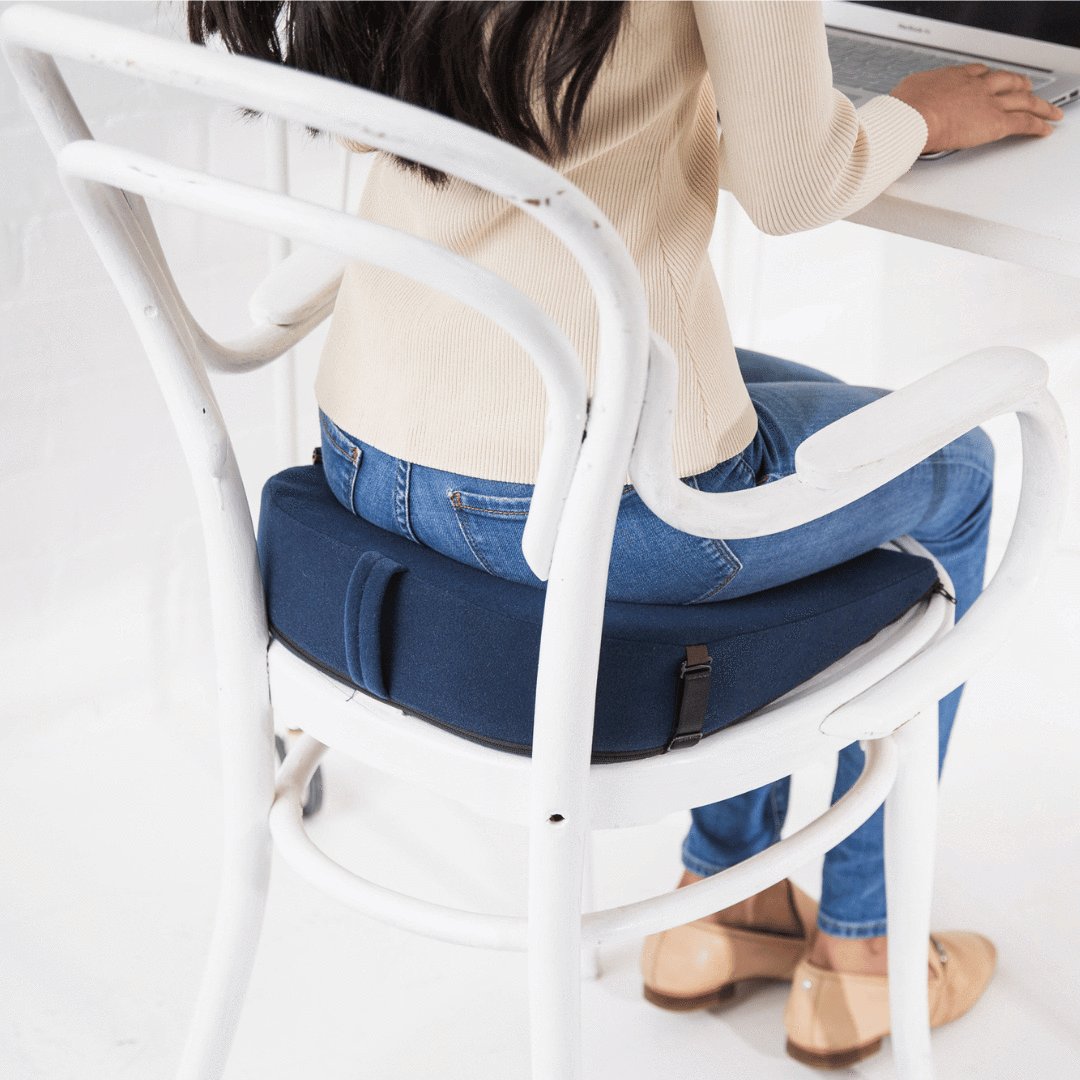




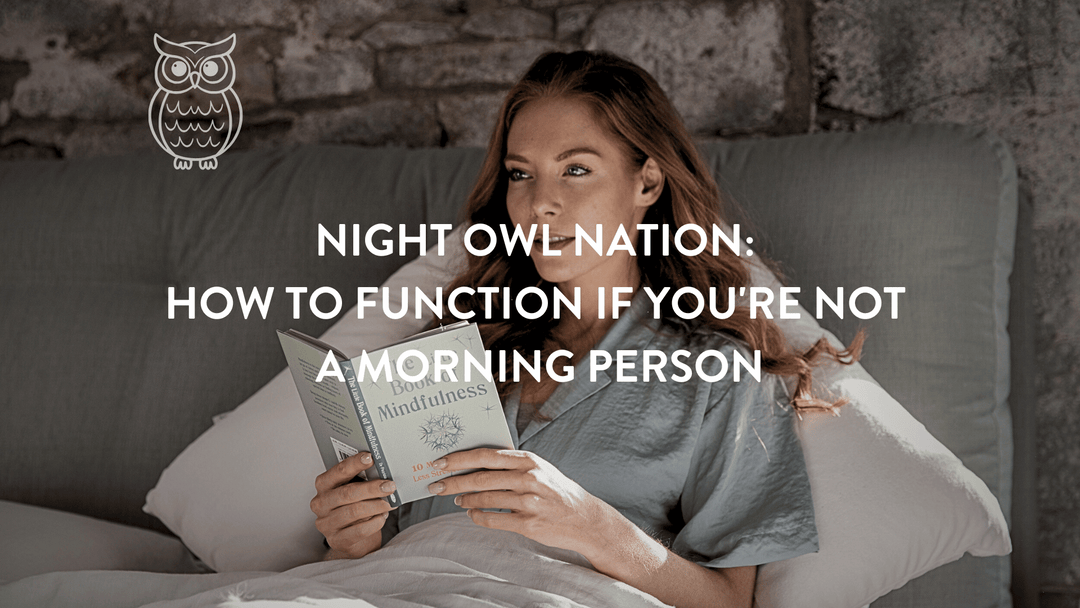
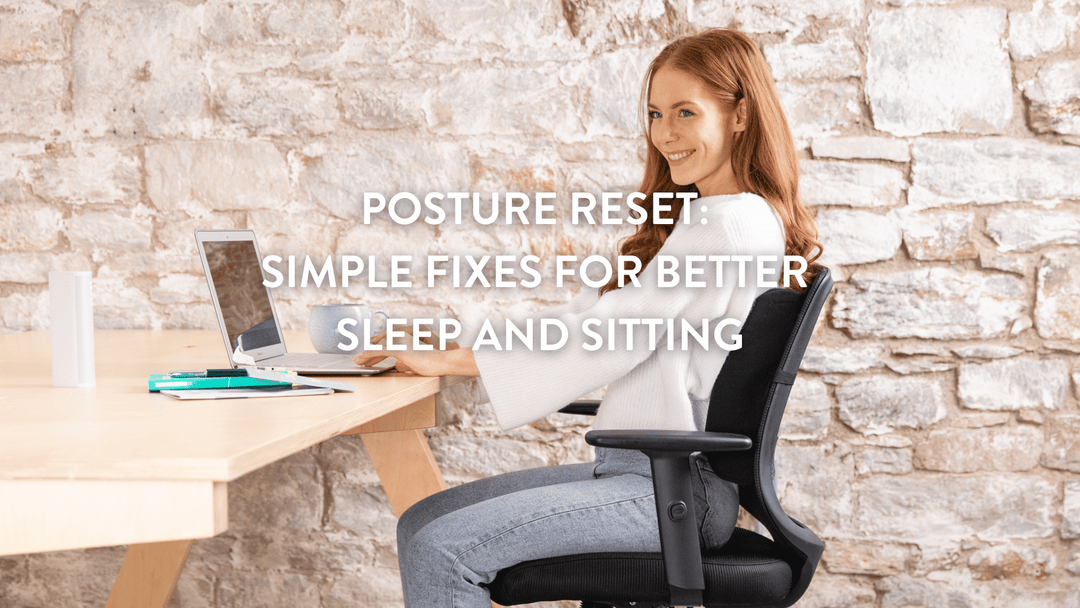
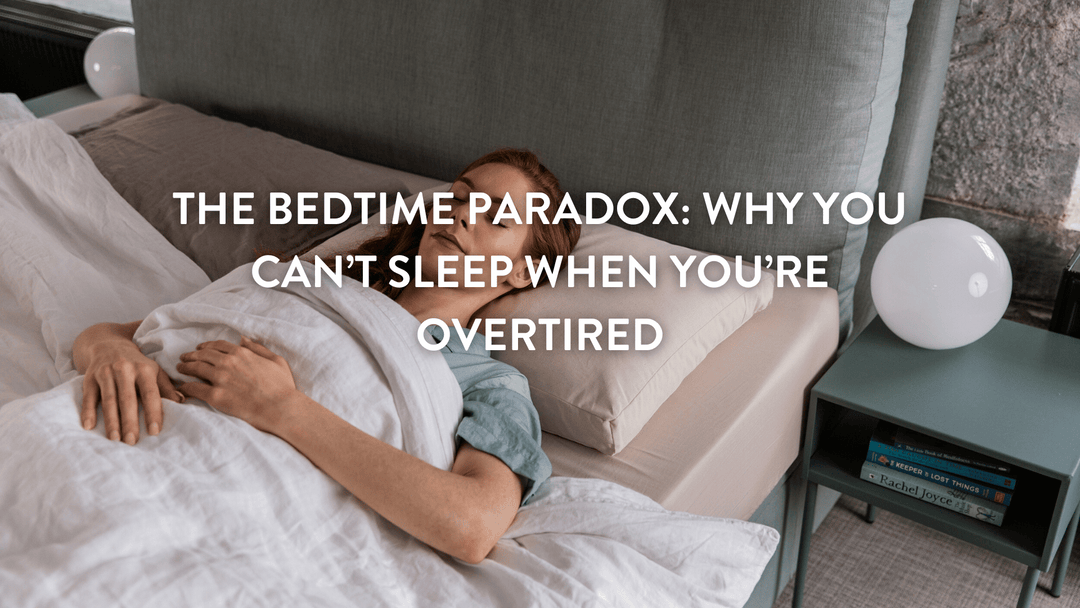
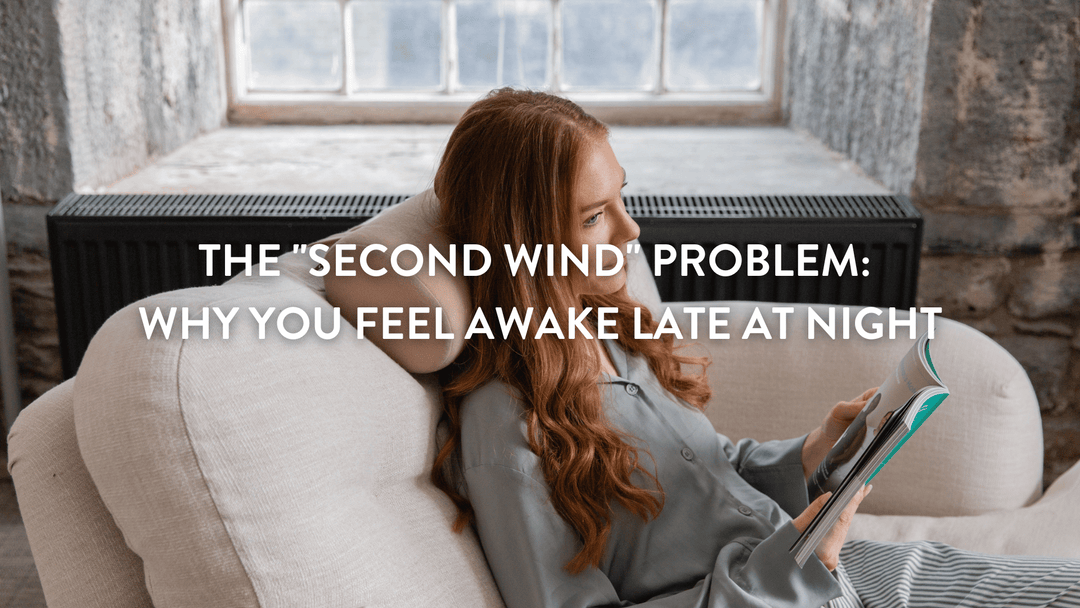



Leave a comment